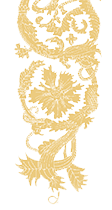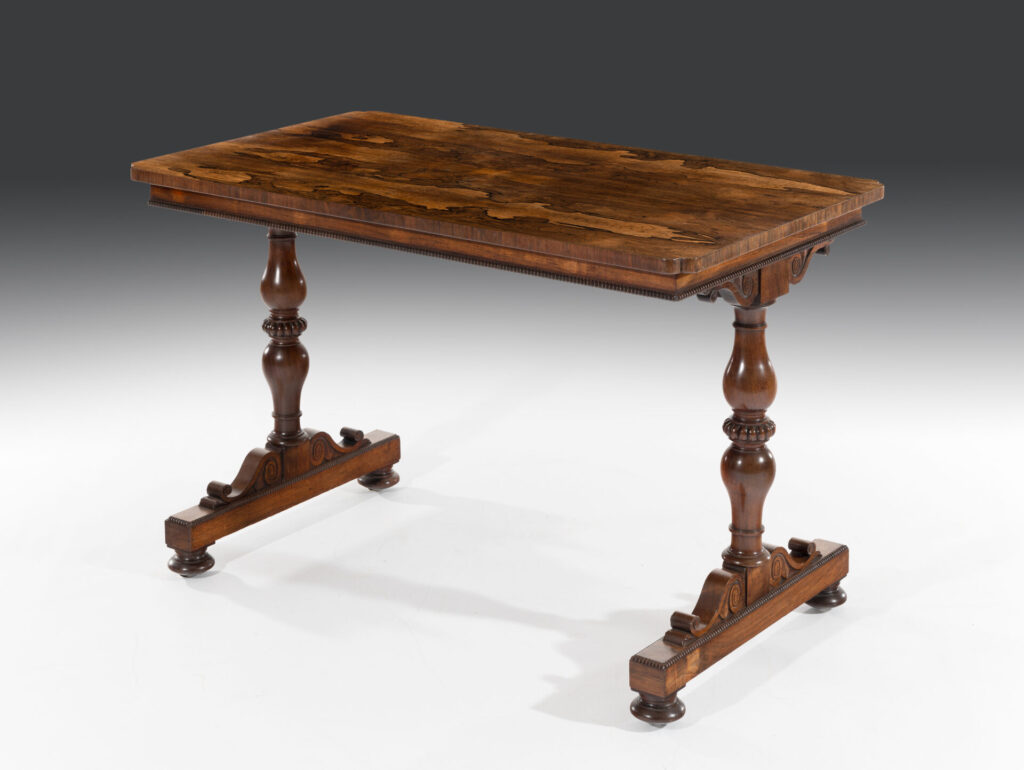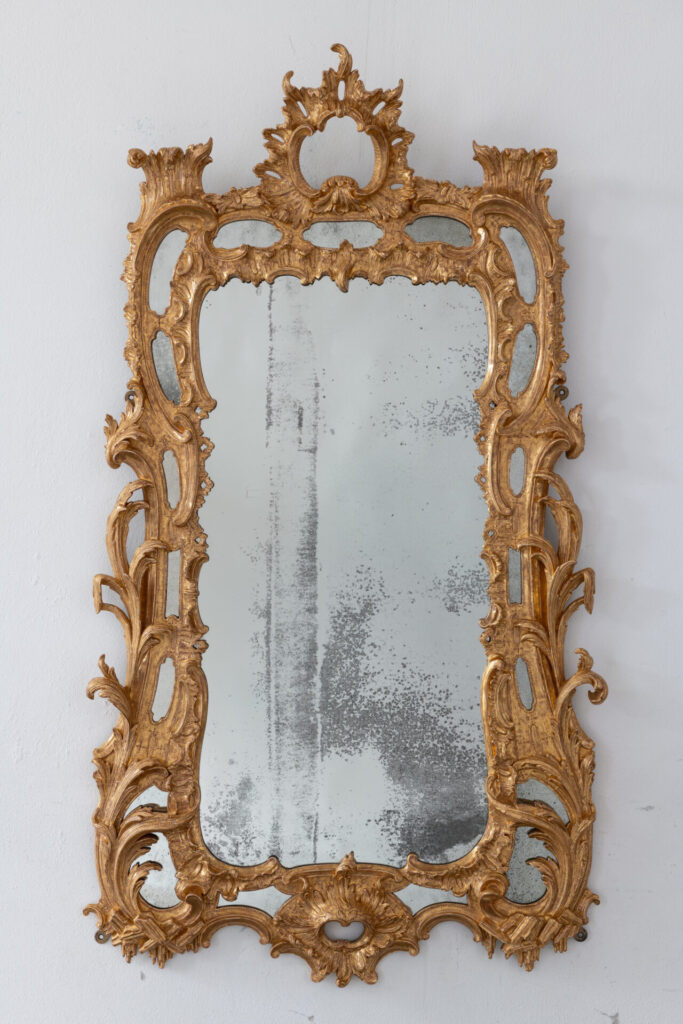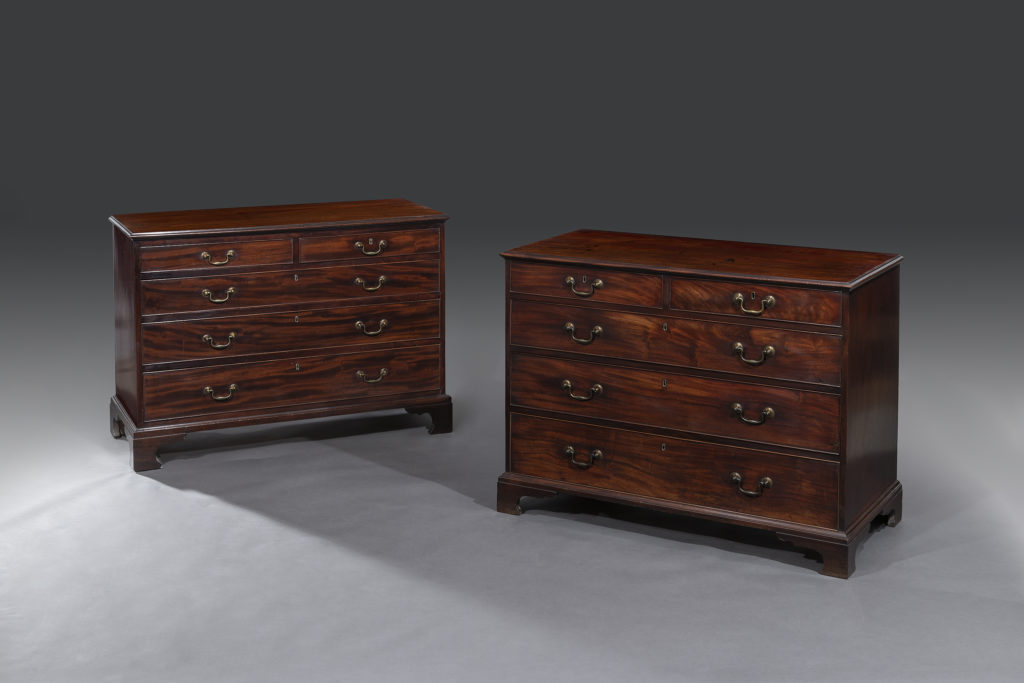Carved 18th century Chair after the designs of George Hepplewhite
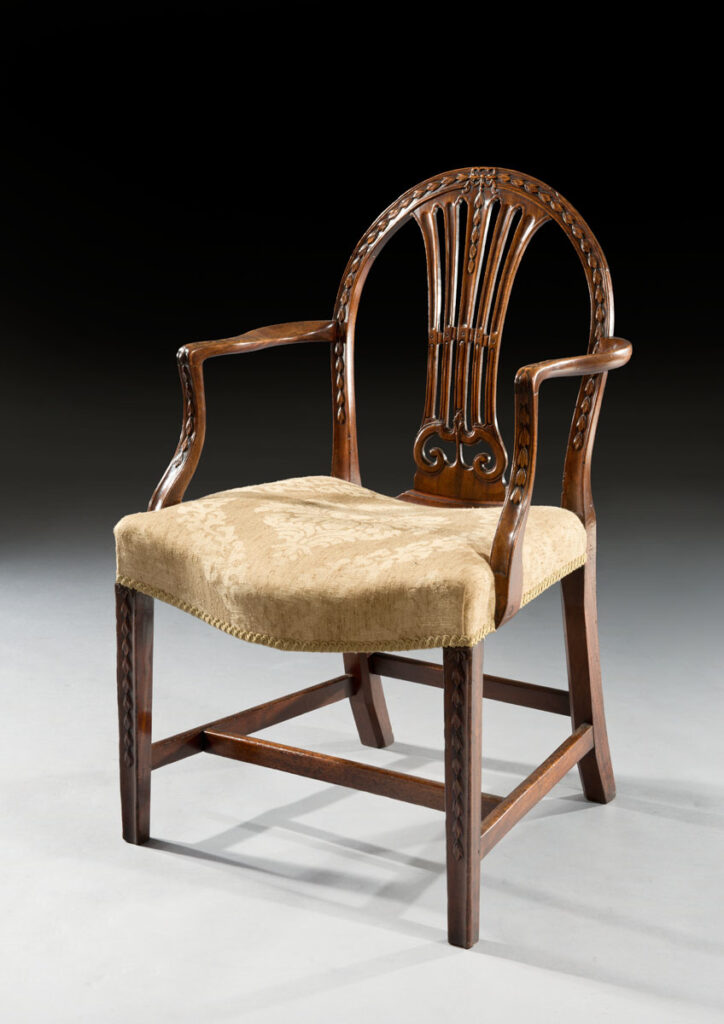
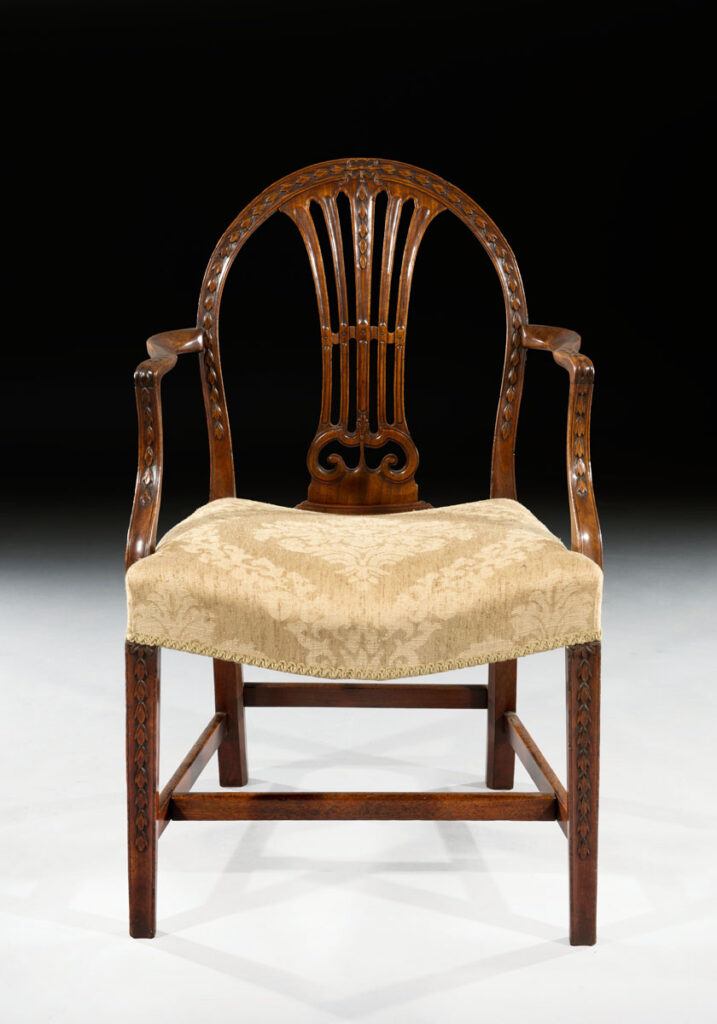
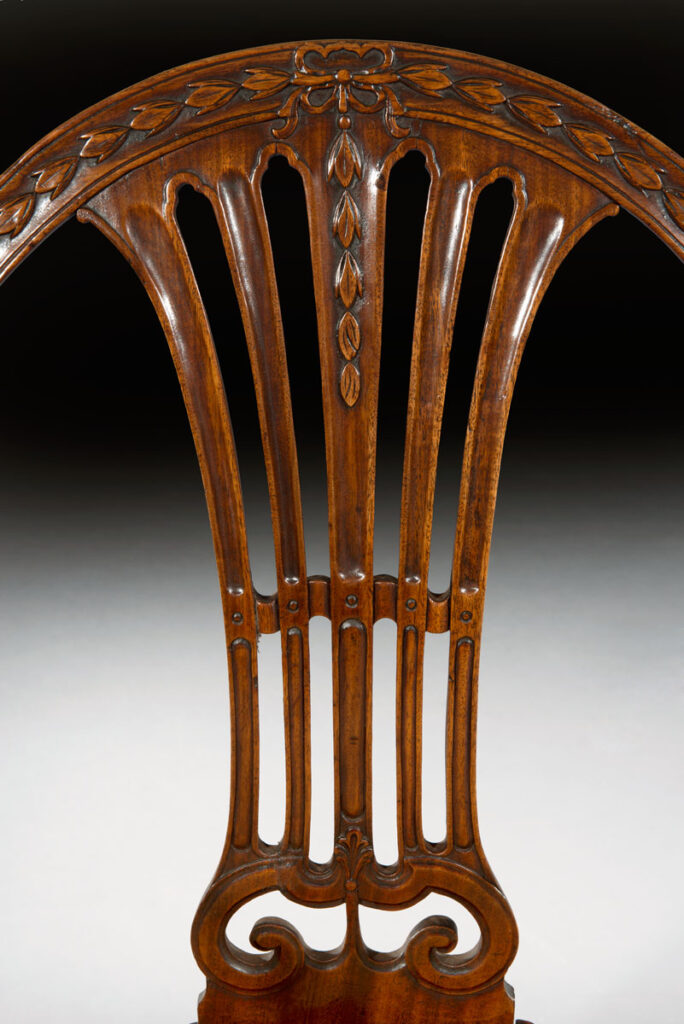
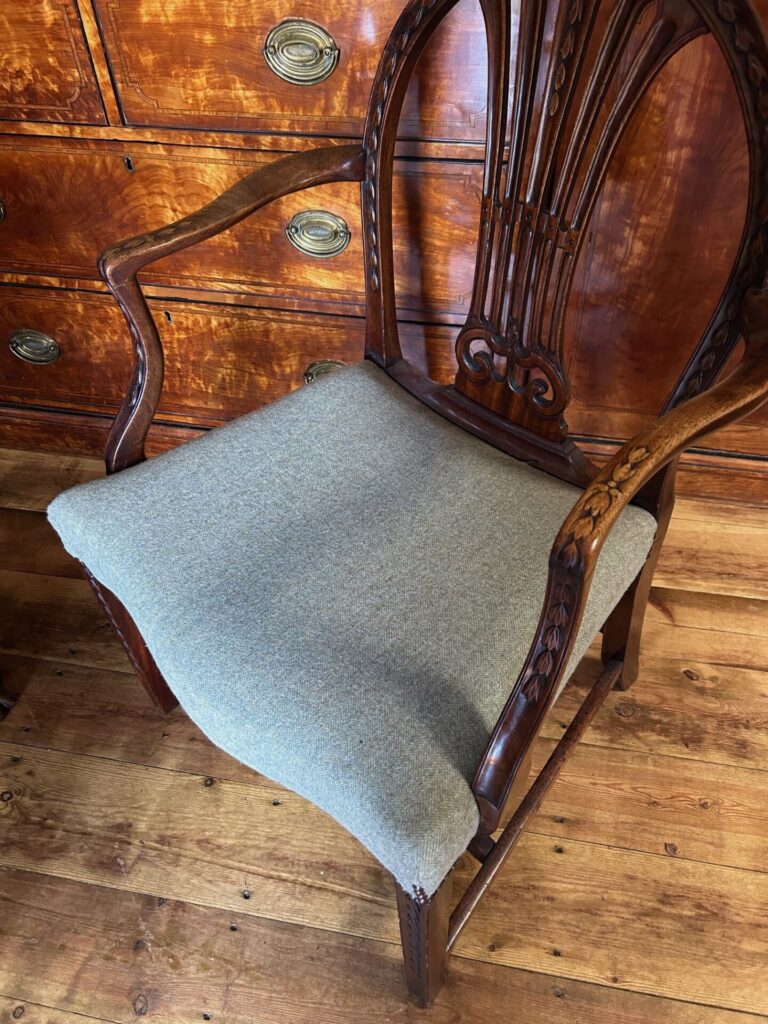
Carved 18th century Chair after the designs of George Hepplewhite
English
circa 1770 - 1780
George III Period Mahogany Armchair
The hooped back chair is intricately decorated with a central back splat and carved ribbon to the top section with trailing hare-bells. The open fret back splat terminates on a scrolled support above the serpentine fronted saddle seat. The seat is traditionally upholstered with horse hair and is currently covered in a light faded green wool fabric. The chair is raised on an H-stretcher support with crisply carved hare-bells to the front legs above the shapely arms with matching carving. The side chair is in excellent condition and suffered any breaks.
Working from his workshop in St Giles, London, George Hepplewhite was instrumental in the introduction of French stylistic traits and influences into English furniture design. As one of the big three 18th century furniture designers George Hepplewhite’s furniture moved away from the chinoiserie of Thomas Chippendale and along with Thomas Sheraton ushered in a new cleanliness of line, relying heavily on the figuring of the wood rather than any sort of intricate carving.
Condition
Lovely faded mahogany, the fabric has been changed to a light green so the image of the chair is showing a yellow fabric, this is no longer on the chair as a top cover.
Literature
George Hepplewhite designed furniture in the Neoclassical style, as did Chippendale and Sheraton. Like them, he was famous throughout the English speaking world, less as a creator of furniture, and more for his impeccable book of furniture design: The Cabinet-Maker and Upholsterer’s Guide.
As with Sheraton, Hepplewhite’s designs were slightly more delicate, simple and light in feel, than the work of Chippendale.
Little is known about Hepplewhite. He may have been an apprentice to the famous Gillow’s firm of cabinet makers in Lancashire, before moving to London to seek his fortunes.
This was a well known and respected company in Lancashire and London at the time. It was mentioned in the literature of Jane Austen and in the records of several well known contemporary figures.
He may have been born in County Durham, but this isn’t known for sure. He was believed to have been born around 1727, and to have died in the summer of 1786. His book of designs was released two years later in 1788, by his wife, Alice Hepplewhite.
Dimensions
Height 94.00cm (37.01 inches)
Width 61.00cm (24.02 inches)
Depth 58.50cm (23.03 inches)
Stock No: 11714
£1,375.00
In-stock